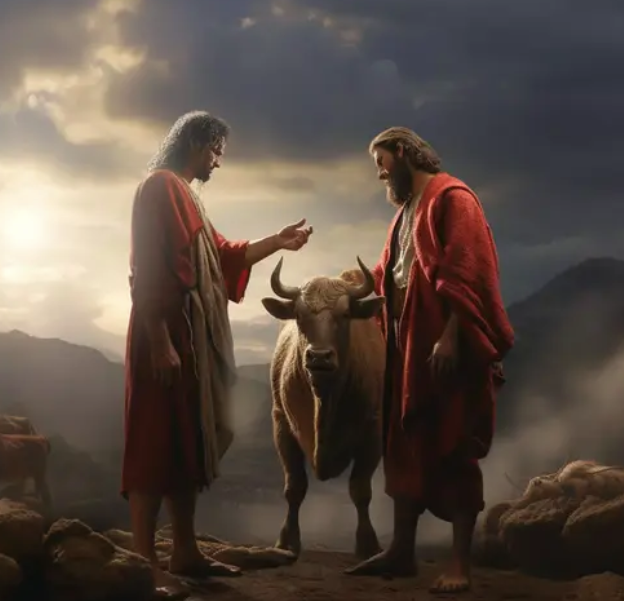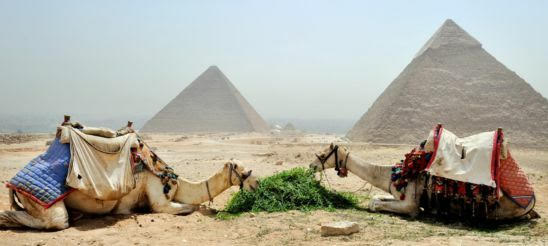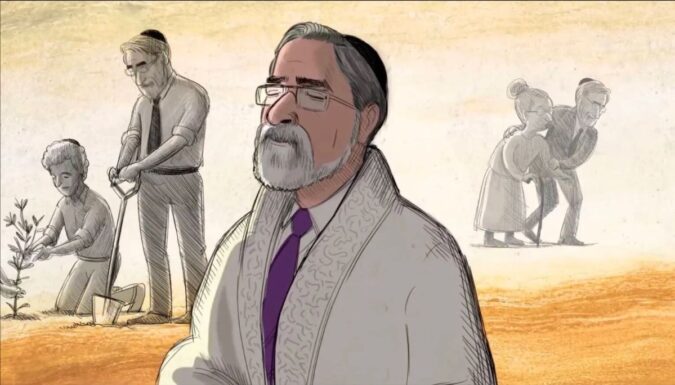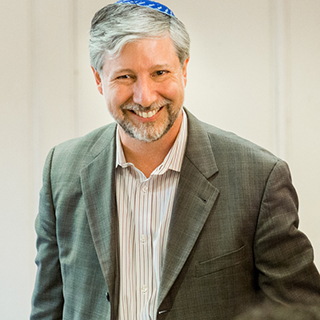Rabbi Lizz Goldstein: Chukah Are You Not Entertained?
Rabbi Lewittes addresses the well-known conundrum of this ritual that doesn’t seem rational. She cites the Tosafot which describes the mitzvah of the Red Heifer as something to be experienced rather than explained. She also comments that the ritual burning of the animal destroys any notion of perfection.











